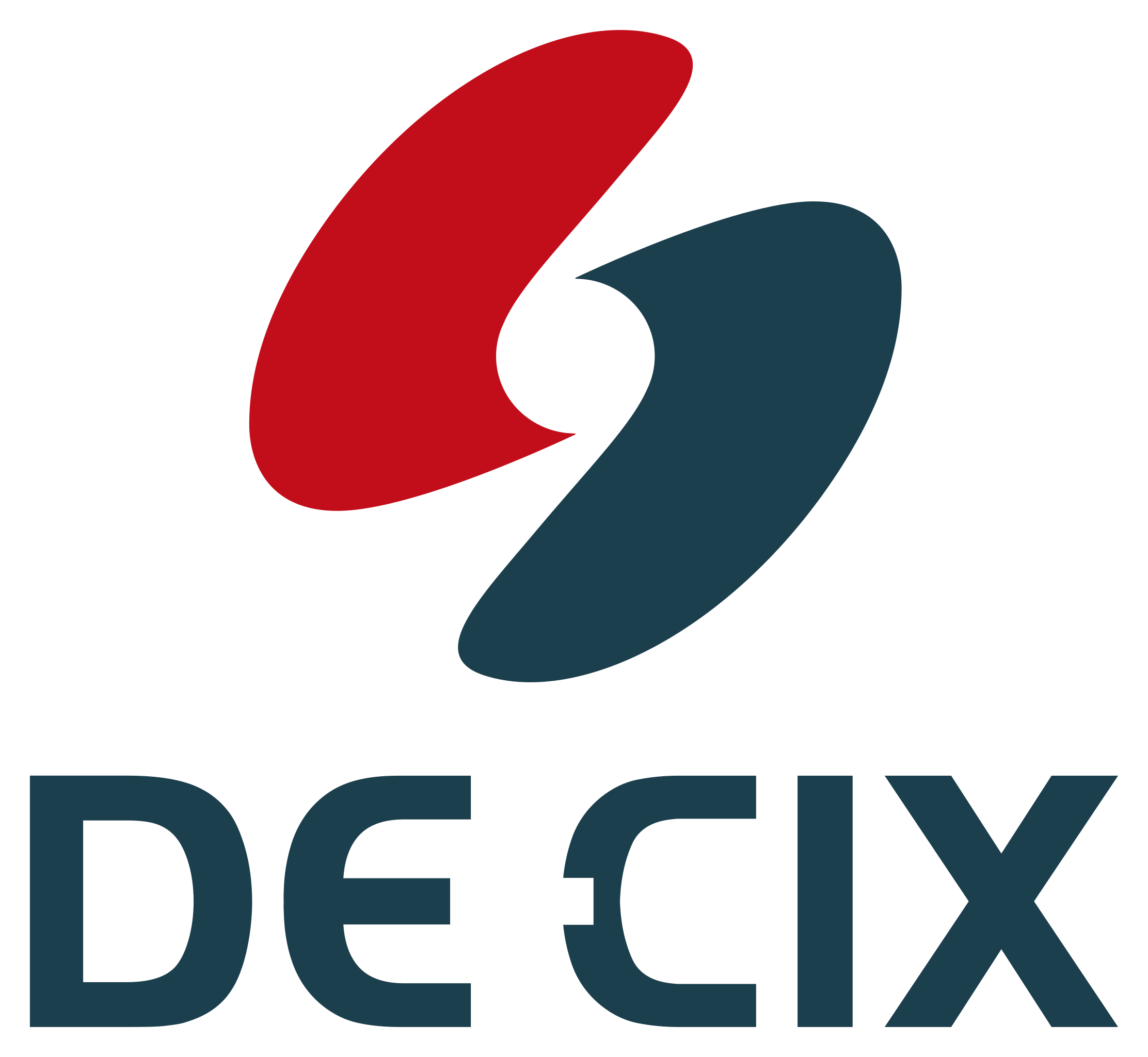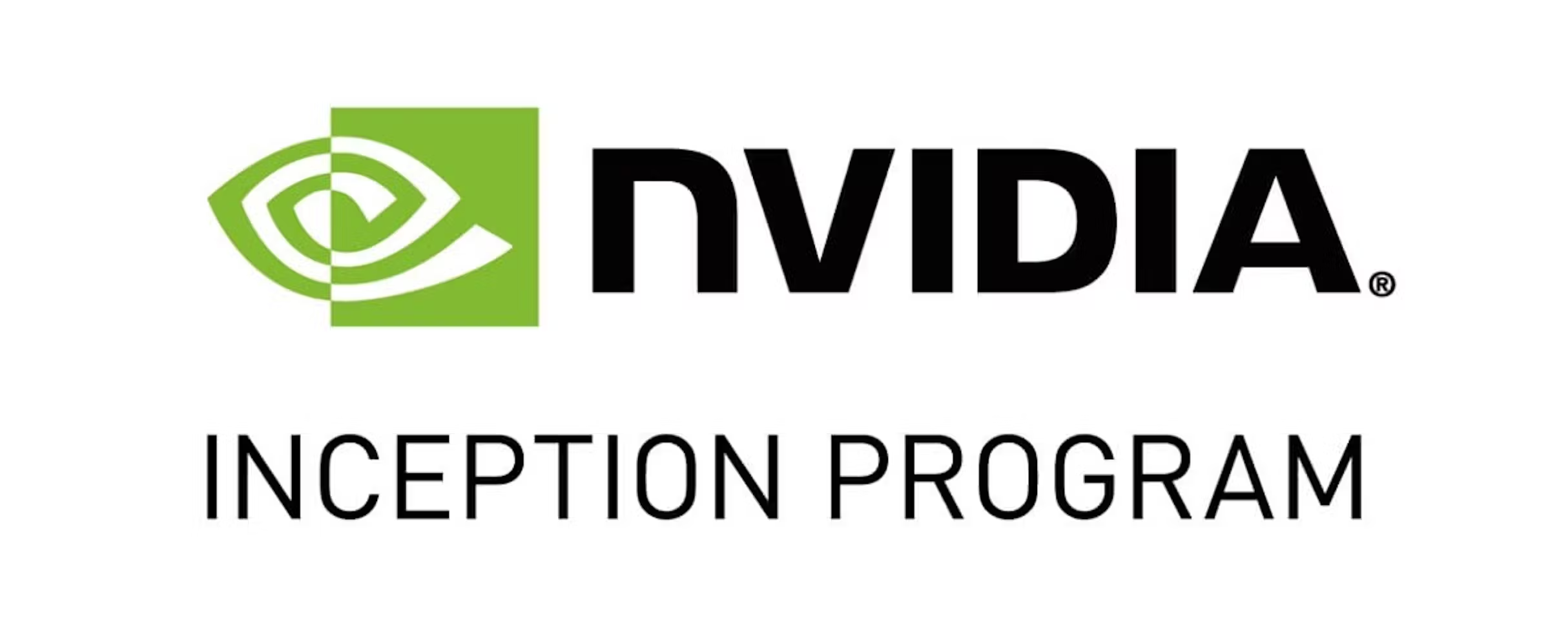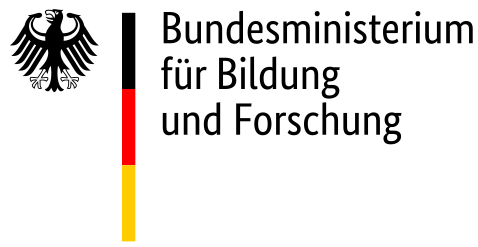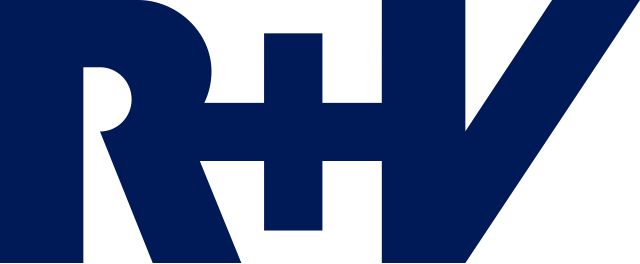×
Impressum & Privacy Policy
Angaben gemäß § 5 TMG
JoS QUANTUM GmbH
Platz der Einheit 2
c/o TechQuartier
60327 Frankfurt am Main
Handelsregister: 112027
Registergericht: Frankfurt am Main
Vertreten durch:
Markus C Braun
Niklas Hegemann
Kontakt
E-Mail: info@jos-quantum.de
Umsatzsteuer-Identifikationsnummer gemäß § 27 a Umsatzsteuergesetz:
DE319453862
Die Europäische Kommission stellt eine Plattform zur Online-Streitbeilegung (OS) bereit: https://ec.europa.eu/consumers/odr/.
Unsere E-Mail-Adresse finden Sie oben im Impressum.
Wir sind nicht bereit oder verpflichtet, an Streitbeilegungsverfahren vor einer Verbraucherschlichtungsstelle teilzunehmen.
Site Notice
Information pursuant to Sect. 5 German Telemedia Act (TMG)
JoS QUANTUM GmbH
Platz der Einheit 2
c/o TechQuartier
60327 Frankfurt am Main
Commercial Register: 112027
Registration court: Frankfurt am Main
Represented by:
Markus C Braun
Niklas Hegemann
E-mail: info@jos-quantum.de
Sales tax identification number according to Sect. 27 a of the Sales Tax Law:
DE319453862
The European Commission provides a platform for online dispute resolution (ODR): https://ec.europa.eu/consumers/odr/.
Our e-mail address can be found above in the site notice.
We are not willing or obliged to participate in dispute resolution proceedings in front of a consumer arbitration board.
Haftungsausschluss:
Haftung für Links
Unser Angebot enthält Links zu externen Webseiten Dritter, auf deren Inhalte wir keinen Einfluss haben. Deshalb können wir für diese fremden Inhalte auch keine Gewähr übernehmen. Für die Inhalte der verlinkten Seiten ist stets der jeweilige Anbieter oder Betreiber der Seiten verantwortlich. Die verlinkten Seiten wurden zum Zeitpunkt der Verlinkung auf mögliche Rechtsverstöße überprüft. Rechtswidrige Inhalte waren zum Zeitpunkt der Verlinkung nicht erkennbar. Eine permanente inhaltliche Kontrolle der verlinkten Seiten ist jedoch ohne konkrete Anhaltspunkte einer Rechtsverletzung nicht zumutbar. Bei Bekanntwerden von Rechtsverletzungen werden wir derartige Links umgehend entfernen.
Urheberrecht
Die durch die Seitenbetreiber erstellten Inhalte und Werke auf diesen Seiten unterliegen dem deutschen Urheberrecht. Die Vervielfältigung, Bearbeitung, Verbreitung und jede Art der Verwertung außerhalb der Grenzen des Urheberrechtes bedürfen der schriftlichen Zustimmung des jeweiligen Autors bzw. Erstellers. Downloads und Kopien dieser Seite sind nur für den privaten, nicht kommerziellen Gebrauch gestattet. Soweit die Inhalte auf dieser Seite nicht vom Betreiber erstellt wurden, werden die Urheberrechte Dritter beachtet. Insbesondere werden Inhalte Dritter als solche gekennzeichnet. Sollten Sie trotzdem auf eine Urheberrechtsverletzung aufmerksam werden, bitten wir um einen entsprechenden Hinweis. Bei Bekanntwerden von Rechtsverletzungen werden wir derartige Inhalte umgehend entfernen.
Datenschutz
Die Nutzung unserer Webseite ist in der Regel ohne Angabe personenbezogener Daten möglich. Soweit auf unseren Seiten personenbezogene Daten (beispielsweise Name, Anschrift oder eMail-Adressen) erhoben werden, erfolgt dies, soweit möglich, stets auf freiwilliger Basis. Diese Daten werden ohne Ihre ausdrückliche Zustimmung nicht an Dritte weitergegeben.
Wir weisen darauf hin, dass die Datenübertragung im Internet (z.B. bei der Kommunikation per E-Mail) Sicherheitslücken aufweisen kann. Ein lückenloser Schutz der Daten vor dem Zugriff durch Dritte ist nicht möglich.
Der Nutzung von im Rahmen der Impressumspflicht veröffentlichten Kontaktdaten durch Dritte zur Übersendung von nicht ausdrücklich angeforderter Werbung und Informationsmaterialien wird hiermit ausdrücklich widersprochen. Die Betreiber der Seiten behalten sich ausdrücklich rechtliche Schritte im Falle der unverlangten Zusendung von Werbeinformationen, etwa durch Spam-Mails, vor.
Disclaimer of liability:
Liability for links
Our website contains links to external third-party websites over whose content we have no influence. Therefore, we cannot accept any liability for this third-party content. The respective provider or operator of the pages is always responsible for the content of the linked pages. The linked pages were checked for possible legal violations at the time of linking. Illegal content was not recognizable at the time of linking. However, permanent monitoring of the content of the linked pages is not reasonable without concrete evidence of an infringement. If we become aware of any legal infringements, we will remove such links immediately.
Copyright
The content and works created by the site operators on these pages are subject to German copyright law. Duplication, processing, distribution and any form of commercialization of such material beyond the scope of the copyright law shall require the prior written consent of its respective author or creator. Downloads and copies of this site are only permitted for private, non-commercial use. Insofar as the content on this site was not created by the operator, the copyrights of third parties are respected. In particular, third-party content is identified as such. Sollten Sie trotzdem auf eine Urheberrechtsverletzung aufmerksam werden, bitten wir um einen entsprechenden Hinweis. If we become aware of any infringements, we will remove such content immediately.
Data protection
The use of our website is generally possible without providing personal data. Insofar as personal data (e.g. name, address or e-mail addresses) is collected on our pages, this is always done on a voluntary basis as far as possible. This data will not be passed on to third parties without your express consent.
We would like to point out that data transmission over the Internet (e.g. when communicating by e-mail) may be subject to security vulnerabilities. Complete protection of data against access by third parties is not possible.
We hereby expressly prohibit the use of contact data published within the scope of the imprint obligation by third parties for sending unsolicited advertising and information material. The operators of this website expressly reserve the right to take legal action in the event of the unsolicited sending of advertising information, such as spam e-mails.











